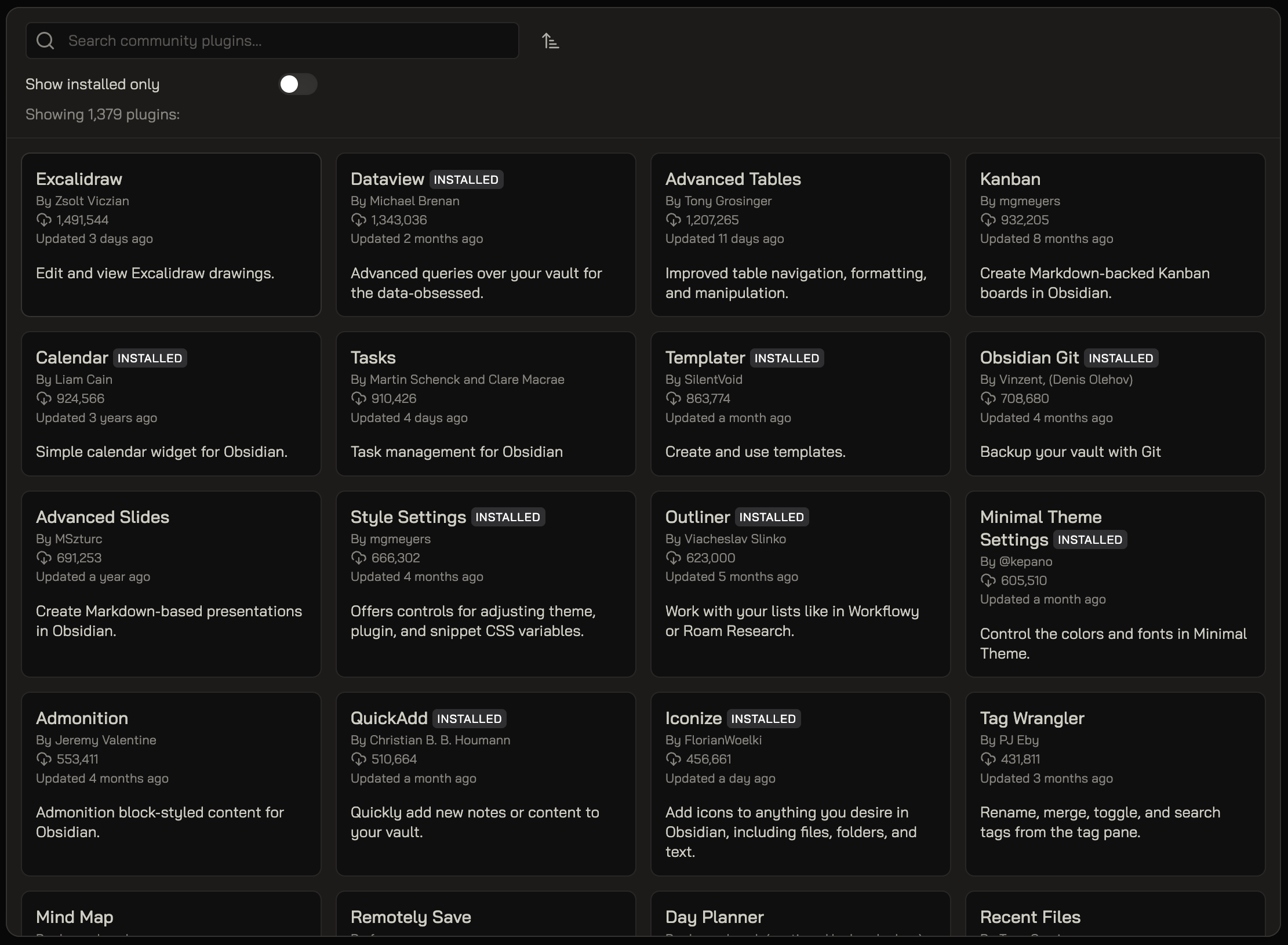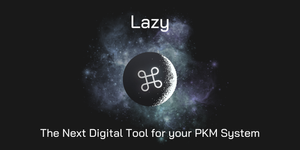The vast universe of our thoughts and ideas is not just a metaphorical galaxy awaiting exploration—it's our personal final frontier. The human mind, though it might sometimes forget where we left our keys, harbors a treasure trove of insights ready to be linked, consolidated, and fortified. In the realm of Personal Knowledge Management, a revolutionary tool has emerged that changes the way we document and navigate our thoughts: Obsidian.
Obsidian is not just another note-taking app; it's a paradigm shift in how we manage and interconnect our knowledge. Its strength doesn't lie in an elaborate interface but rather in its raw power and versatility. In an age where our problems range from forgetting the milk to solving quantum physics, Obsidian demonstrates that utility and versatility can powerfully coexist.
The Power of Linking Ideas
One of the most exciting features in Obsidian's arsenal is its linking capabilities. Imagine this as your brain’s way of saying, "Hey, remember this?" but in app form. This function allows users to connect ideas in an unprecedented way, creating webs of interconnected thoughts that visualize the user's thought process. By easily creating and following links between notes, users can build their own personal "Wikipedia" of notes and ideas, breathing life into static concepts.
Take, for instance, a researcher juggling a multifaceted project. With Obsidian, they can link related notes on different aspects of their research, from literature reviews to experimental data, creating a dynamic and interconnected repository of knowledge. This system not only enhances depth and breadth of understanding but also facilitates the discovery of new connections and "Eureka!" moments.

The Canvas: A Blank Slate for Creativity
Another distinguishing feature of Obsidian is its canvas, an unrestricted space for mapping out ideas and making connections between thoughts. Traditional linear note-taking constraints are left behind, offering a blank slate where users can brainstorm, plan, and visualize the relationships between different aspects of their knowledge.

Imagine a writer plotting a novel. With Obsidian's canvas, they can lay out character arcs, plot points, and thematic elements in a non-linear fashion, allowing for a more holistic and flexible approach to story development. This visual representation can spark creativity and lead to more cohesive and well-developed narratives—kind of like storyboarding, but for your brain.
Customization and Adaptability
Obsidian doesn't just mirror synaptic connections; it offers a playground for the aesthetically inclined and the functionality-focused alike. Its adaptability and extensive customization features position it as one of the best choices for people who like their digital environment just so. Users can tailor the appearance and functionality of Obsidian to suit their personal preferences and workflow needs.
For example, a designer might customize the interface with specific color schemes and font styles to create a visually appealing workspace, while a software developer might integrate plugins that style codeblocks and inline code and execute code snippets directly within a note. The possibilities are virtually limitless, making Obsidian a versatile tool for a wide range of professions and applications.
A Thriving Community of Developers
What truly distinguishes Obsidian is its thriving community of plugin developers, dedicated to consistently enriching its capabilities. This community-driven approach ensures that Obsidian remains at the cutting edge of PKM tools, with new features and enhancements being added regularly.

Users can access a vast library of plugins that extend Obsidian's functionality, from advanced search capabilities to integration with other productivity tools. This collaborative ecosystem fosters innovation and provides users with a treasure trove of resources to optimize their knowledge management practices.
Overcoming Challenges
Despite its functionality, Obsidian isn't free of its challenges. Its detailed nature might necessitate some learning curve, which may initially seem steep. However, for those willing to climb that curve, the rewards are enormous. The initial investment in learning how to effectively use Obsidian pays off in the form of a powerful and flexible tool that can transform the way users manage their knowledge.
Conclusion
In conclusion, Obsidian marks a profound shift in note-taking and PKM philosophies. It moves away from an individual-centric approach to a network-centric one, valuing the connections between ideas over the ideas themselves. Obsidian, while different and initially unfamiliar, presents a new universe of potential, one where your thoughts and notes aren't just collected—they're connected.
The true power of Obsidian lies in its ability to turn the vast galaxy of our thoughts into an interconnected web of knowledge, enhancing our understanding and creativity. Whether you are a researcher, writer, designer, developer, or a student Obsidian offers a dynamic and customizable platform to explore and document your ideas, making it an indispensable tool in the modern digital age.
Now, if only it could help us remember where we left those darn keys!
👉🏻 Subscribe now! Your future self will thank you.




